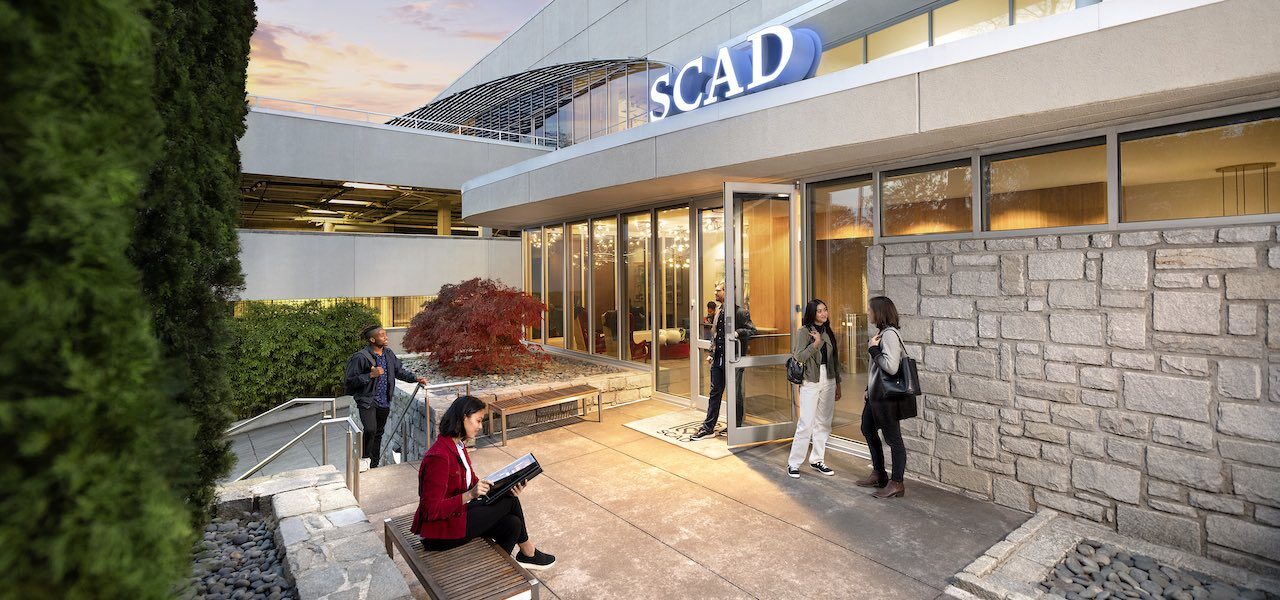
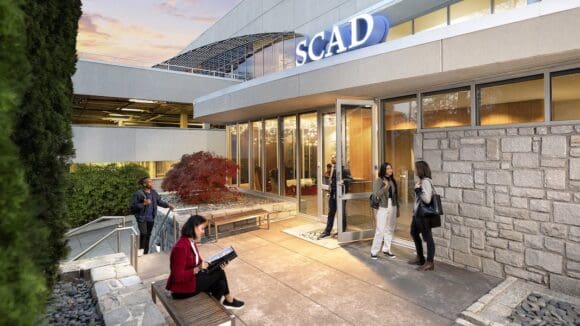
SCAD AnimationFest Opens A Window Onto The (New) Golden Age Of Animation
Matt Maloney had just finished a two-year, worldwide film tour when life came to a standstill.

SCAD animation degree program.
From Baltimore to Berlin, Maloney — an artist and associate chair of Savannah College of Art and Design’s animation department — traveled widely for screenings of Gryphon Animo, his animated short. He hopped planes, shook hands, and enjoyed crowded theaters, enraptured audiences, and raucous afterparties. Then, just as he wrapped his tour, the pandemic pushed the pause button, and normalcy became nostalgia.
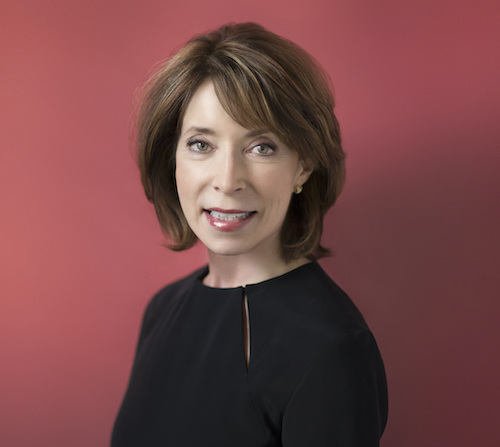
Yet innovation and invention endured, as thousands of students, luminaries, and rising stars witnessed at this year’s SCAD AnimationFest. The industry, unlike so many others, was primed to pivot during Covid-19. Teams of artists and animators across the globe discovered new opportunities to network, pitch, and create. Fresh pipelines for ideas emerged. Gone were some of the traditional industry practices that, inadvertently or not, complicated collaboration. During a moment of uncertainty, Maloney glimpsed hope — maybe even a new golden age of animation.
Now, on the heels of last month’s SCAD AnimationFest, he sits down with SCAD President and Founder Paula Wallace for an insightful peek into the future, one characterized by inclusiveness, individual voices, and an evolving conversation around trust.
Paula Wallace: It was delightful to see you at SCAD AnimationFest, Matt — and we’ll talk about that in a bit — but I wanted to first ask about 2020. Quite the year! How have you seen the industry adapt and thrive in response to Covid-19?
Matt Maloney: Wonderful seeing you too, President Wallace and yes, 2020 has been, in a word, unexpected. Animators have always been nimble problem solvers, and many studios were already primed for remote work. The tools were available. Teams of animators armed with virtual production studios on their workstations were already working on Discord and Slack — and studios like The Mill and Primal Screen have assembled teams of artists based around the globe.
Now, we’re hiring remotely — the industry was poised to take this step, to transition to work-from-home, but it was a big leap for the larger studios.
Last spring, we had a student begin a virtual internship at Pixar. Bento Box and Floyd County continue to hire our 2d animators — again, remotely — for new productions. Really, animation sidestepped very easily into virtual collaboration. We didn’t have gargantuan physical sets to move and rebuild, and we didn’t have to displace cast and crew who could no longer be on sets together.
Consider the new Batman movie — Robert Pattinson was diagnosed with Covid-19. Production stopped. In live action, so much hinges on a single performer, and thankfully Robert recovered. But think about animated shows — take Archer, for instance. Archer doesn’t get sick. Production doesn’t stop. And that’s because animated heroines and heroes result from collaboration between dozens of different artists.
Indeed, the traditional studio model for live-action film has faced tremendous challenges from Covid-19, yet animation is uniquely positioned to evolve from an IP creation standpoint, right?
Right, because there is demand for escape and the need to process our world in a safe space. Take Avatar: The Last Airbender, re-released on Netflix this year — some people are rewatching that show for a bit of nostalgia, to break up the routine of daily life with a quick trip to fantasyland.
Yet others tune in to help themselves reflect and remain grounded; in fantasy worlds, we can confront challenging issues directly to bolster our real-world resilience. Through the lens of animation, we explore complex social issues and cultural realities, from war and power to identity and difference. What better time to create stories that tug at our humanity?
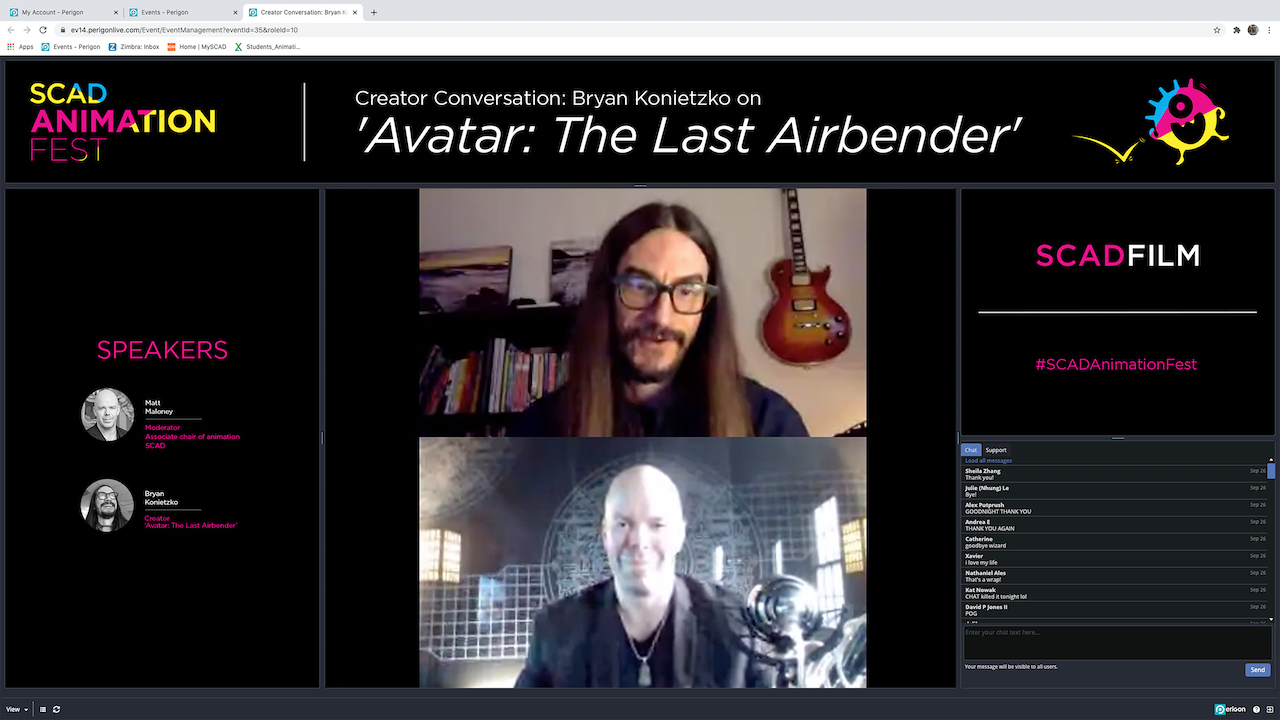
Studios like Netflix and Adult Swim are taking pitches from anyone with enough talent and vision to develop an idea. You don’t need an agent anymore. Adult Swim even livestreams pitches on Development Meeting every Thursday night. Anyone can pitch and anyone can watch and learn.
We mentioned AnimationFest earlier — personally, I feel like I got a sneak peek of a new golden age on the horizon. What glimpses of tomorrow caught your eye at the event?
Adult Swim’s presentation on Development Meeting — which I mentioned earlier — really stood out. This new emphasis on transparency (they’ve opened up this process to the general public) will transform the industry. The ability to watch studio-based development executives evaluate pitches and provide feedback highlights efforts to democratize IP creation, which should lead to more diverse stories being told.
The Women in Animation panel also embodied major industry shifts. Today, women work at every level, from writers and showrunners to producers and studio executives. This demographic shift pushes our industry creatively and conceptually while more closely reflecting our audiences.
This panel — and Adult Swim’s presentation — signal the erosion of some of the traditional barriers to entry, and how it’s become increasingly easy to create, for example, short films. You don’t have to chase around the networks. You can make a film and put it in front of audiences thirsting for individual voices and responsive to inclusive personal stories.
Just look at Hair Love, which started as a Kickstarter campaign, went on to win the 2020 Oscar for Best Animated Short, and will soon screen as an HBO Max series. Over the past decade, we’ve seen more and more ventures that highlight diverse perspectives, a trend we must continue to encourage.
But even the festival itself was impressive! We welcomed more than 12,000 global attendees to SCAD AnimationFest this year, and participants were front and center on Zoom and other virtual platforms, engaging directly with us. That didn’t happen prior to going virtual.
Speaking of industry trends, I know some shifts predated the pandemic — like the resurgence of 2d animation. Why 2d and why now, and where does the future lead?
The audience for 2d hasn’t gone anywhere. The kids who grew up watching Avatar and classic 2d feature films — think Disney and Studio Ghibli — are now artists, creators, producers, and clients. They’re the audience, a generation that grew up watching this style of animation. So, it’s not surprising that 2d has surged. It’s nostalgic, and it’s inexpensive to create.
Plus, there’s a lot of harmony between 2d, 3d, and stop motion. Like sections of an orchestra, they all work together — sometimes in unexpected ways. South Park is made with the same 3d software that created Zootopia! Even industry-standard 2d software like Harmony is essentially a 3d program.
Now, as work-from-home continues, 2d animators have smaller technology gaps to close — a lot of 2d software simply runs more smoothly on a laptop. Combine technology, accessibility, and portability with familiar aesthetics, and surely the 2d genre will continue to grow and diversify.
Indeed, work-from-home is here to stay, and I understand you’ve recently witnessed a top-secret, future-think collaboration at SCAD that has us all abuzz. What can you tell us about it?
It’s amazing, but not surprising, that SCAD and our industry partner for this project — Sesame Studios — found innovative ways to collaborate despite being physically separated. This was our goal: create pitches for a Sesame Studios animated series.
SCADpro, the university’s in-house design consultancy, provided a team of students with home workstations while SCAD animation faculty offered mentorship and instruction. The student team produced pitches remotely through Zoom, Discord, Slack, and Trello, and then presented the concepts to Sesame Studios.
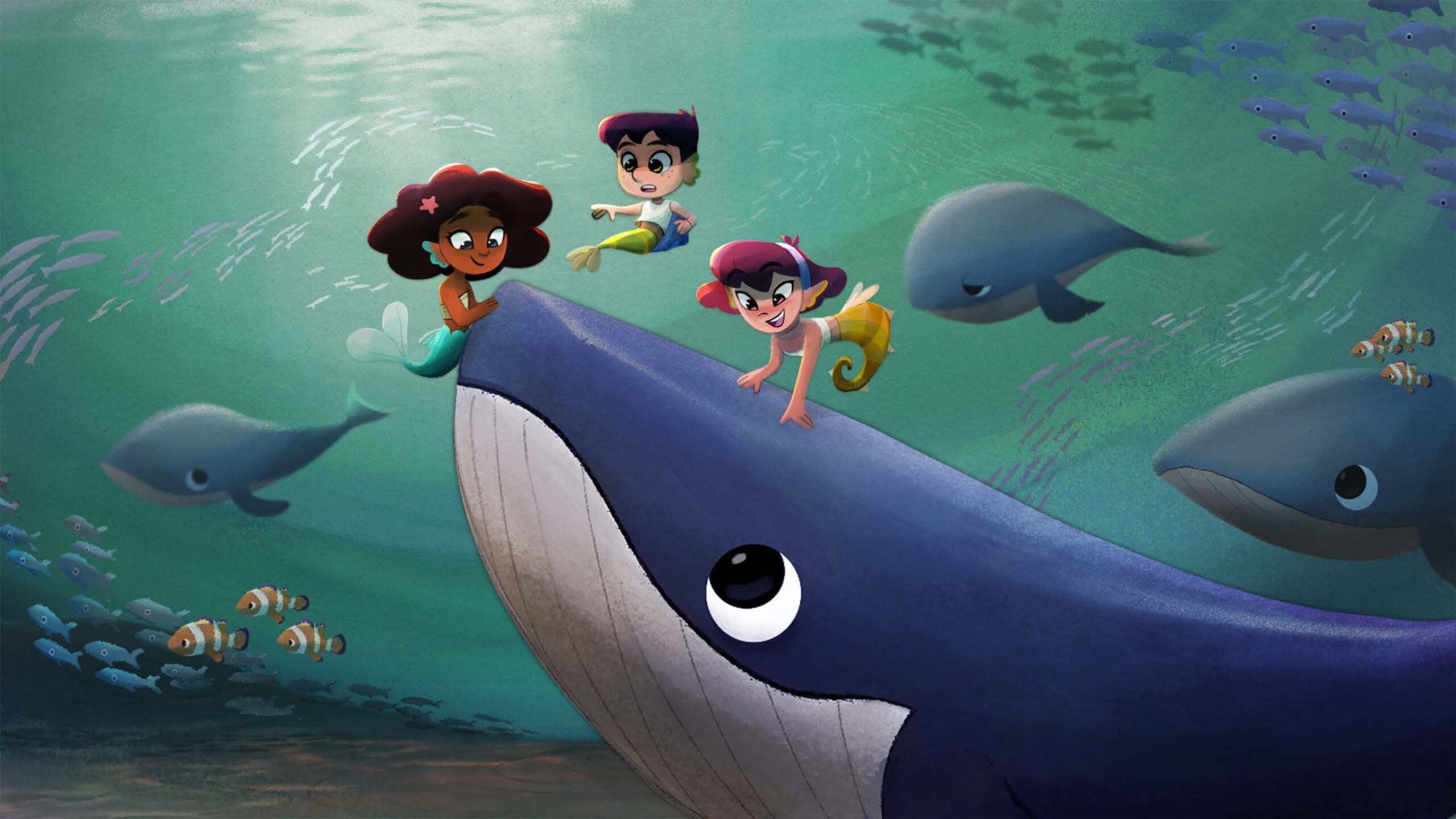
Students created content and characters, wrote episode arcs, and produced storyboards and animatics, all without being face-to-face — from Atlanta to the West Coast to Asia and several places in between. I won’t go into much more detail — no spoiler alerts here — but here’s a tidbit: all of the pitches were 2d concepts. It was a tremendous success. Sesame Studios even remarked that they were among the best presentations they’d ever received.
Creative partnerships evolve and expand through top-tier tech. Right now, what programs are most impactful, and what are a couple of industry collaborations that have engaged inventively and impactfully?
We’ve shown that animators can use high-end software from home; it’s efficient, easy to install, cloud-based, and doesn’t require a big footprint. You don’t need a dedicated machine just to run Maya. Often, you can run an entire animation studio from a laptop, and supporting programs remotely. We’ve shown this capability with remote server and render access through SCAD vLab: from home, our students can operate a machine in our digital media centers as if they were sitting in front of it.
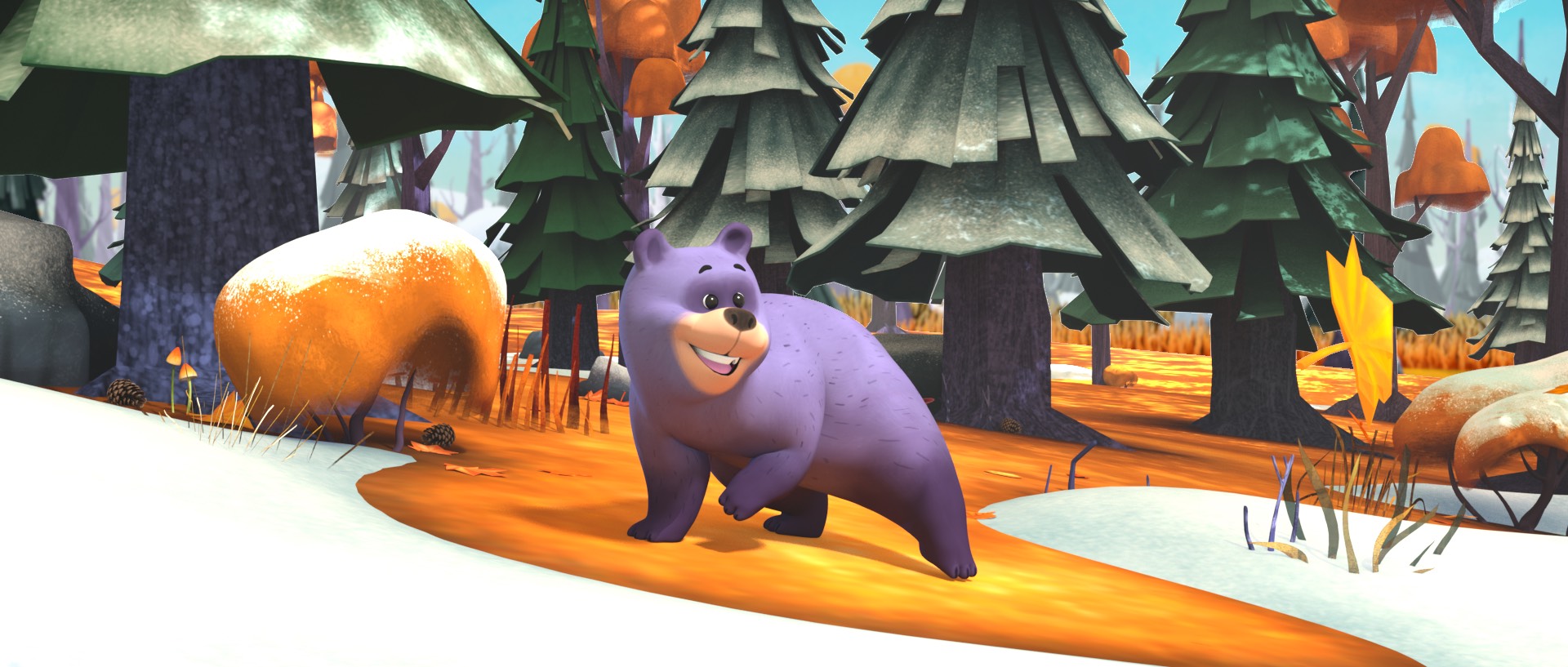
While remote pitching and the occasional client meeting have always been part of the industry, animation hasn’t wholly embraced work-from-home. There are exceptions. Smaller studios like Secret Sauce in Atlanta have never had a physical studio space — they’ve always been a remote studio with talented artists working worldwide.
Our students partnered virtually during the pandemic, when they collaborated internationally to produce and direct shorts like Bearly, Ma’ii, Hanami, To Love a Ladybug, and Box Boy. Software partnerships with the likes of Katana — developed by SCAD alum Steve Lavietes — helped bring these creations to life. Now, they’re traveling the film festival circuit and winning juried awards.
That’s SCAD’s modus operandi: agility, early adoption, enthusiasm, can-do. With the pandemic, we’ve seen larger studios realize that they, too, can embrace the anytime, anywhere philosophy.
You mentioned SCAD vLab (which powered many of our SCAD degree programs as we digitally transformed the curriculum) — what additional innovations are you and your colleagues using in the classroom?
We’ve discovered new techniques over the past few months that will continue to enhance learning, whether in-person or through Zoom. For example, we’ll keep using Zoom’s screen-sharing feature — a setup that creates a real-time, interactive tutorial — when we teach complex procedures in Maya or ZBrush or Houdini.
Plus, we record Zoom demonstrations, so students can watch them again and again. During live critiques, we’ve employed Zoom’s screen-share, screen-control, and annotate features which allow students to both verbalize and visualize constructive critiques for their peers.
When you add Slack’s chat function, students can now engage simultaneously on three different planes, dramatically increasing the quality and quantity of dialogues — especially among students reticent to offer verbal critiques. Everyone communicates differently, right? And as faculty, we’ve been able to welcome more students into the conversation and encourage them to develop depth and dimension as they express their ideas.
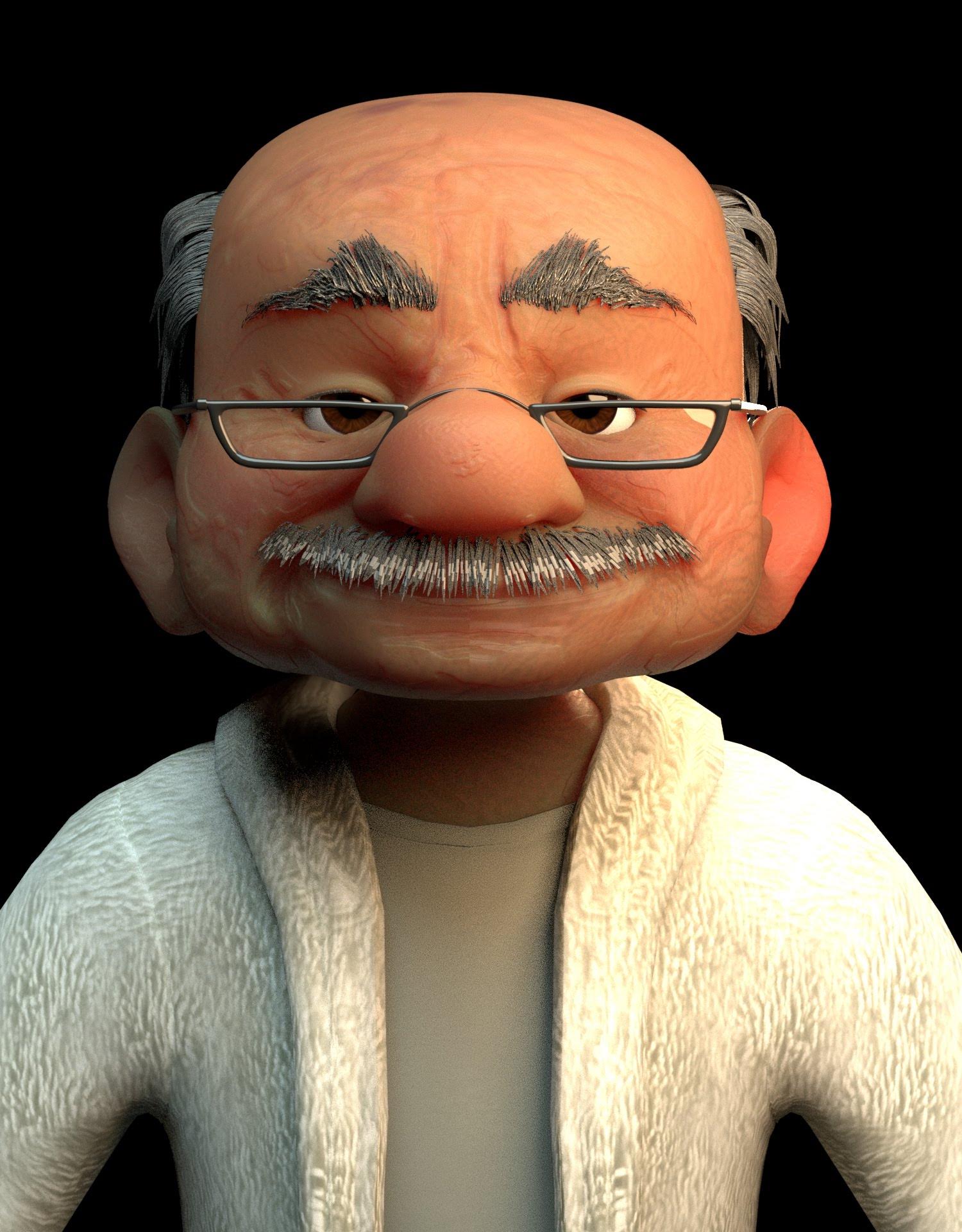
What unique skills and perspectives do our students and animation’s newest professionals need to bring to the industry to shape the discipline’s future?
Great question — especially since we just talked about communication. In terms of soft skills, the idea that you can be present and engaging in a virtual environment, that you can create connections between yourself and audiences, might be the single most important skill that a young animator can possess. We talked about Sesame Studios earlier — that assignment was so successful because the team coupled storytelling with thoughtful presentation.
And we emphasize dynamic presentation skills in our classes and through SCADamp, the university’s new professional communication studio. Like all of us, SCADamp transitioned to virtual operations and primed our students to intelligently package and deliver compelling presentations, whether virtually or in person.
In animation, so much of what we do comes down to storytelling. At SCAD, you might learn modeling or rigging or texturing or lighting in one of our four tracks of study, but above all else, you will learn the art of storytelling. I call this the “rocking chair” analogy. A couple of hundred years ago, a craftsman could build a rocking chair — he could make and take the parts and craft them into a coherent whole. Then, the Industrial Revolution changed production and created specialized roles: a person might be able to lathe wood or cut threads, but he ultimately knew nothing about the entire chair, the finished form.
With a SCAD degree, no matter what track you take, you learn how to make the chair, and the art of storytelling informs each individual and technical choice you make.
Fast-forward to 2021 (when we have this conversation again!) — what are the industry-wide hot topics we might discuss then?
In 2021, studios will evaluate their long-term structures. As we’ve alluded, work-from-home will become more pervasive — I think we’ll see more split-week or hybrid models — if not ubiquitous. Like Adult Swim, other studios will create new channels for public pitching and IP creation. And audiences will continue to demand shorts, shows, and features that emphasize diversity and inclusion and amplify underrepresented voices.
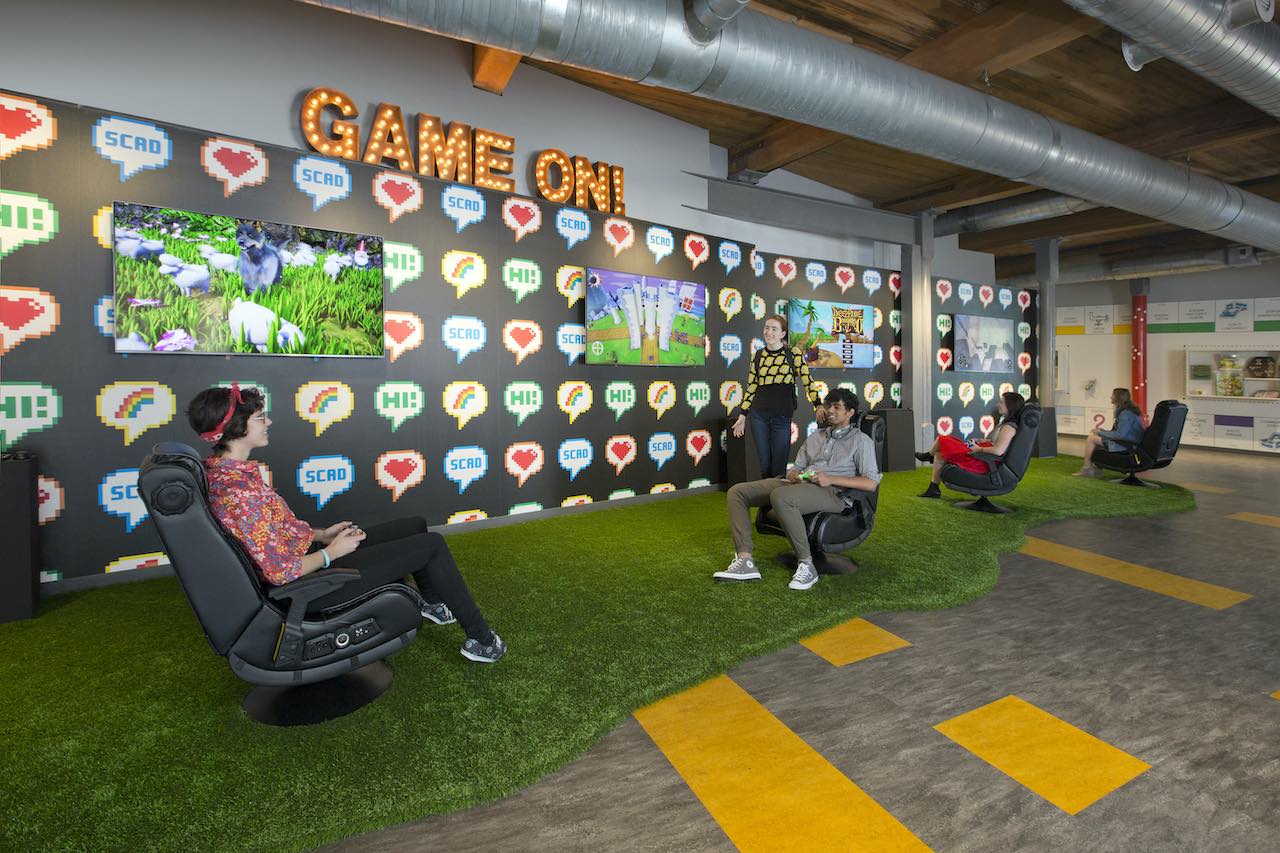
But the big topic of discussion in 2021 will encompass one word: trust. Studios will have to earn the trust of their employees as they transition back to onsite and hybrid work. Employees will have to trust that studios prioritize safe working conditions. Studio execs will have to continue to trust that artists, working remotely, can indeed do the work without direct supervision. Clients will have to trust that sensitive, expensive, top-secret IP can be securely maintained on off-site workstations, just as it can be on studio mainframes.
And all of these questions of trust surround our return — or what I hope will be our return — to some semblance of normalcy. Going forward, the conversation will move to “what’s next” — and we will have to expend just as much energy and be just as agile and tap into just as much innovation as we did to thrive during the pandemic.

